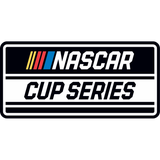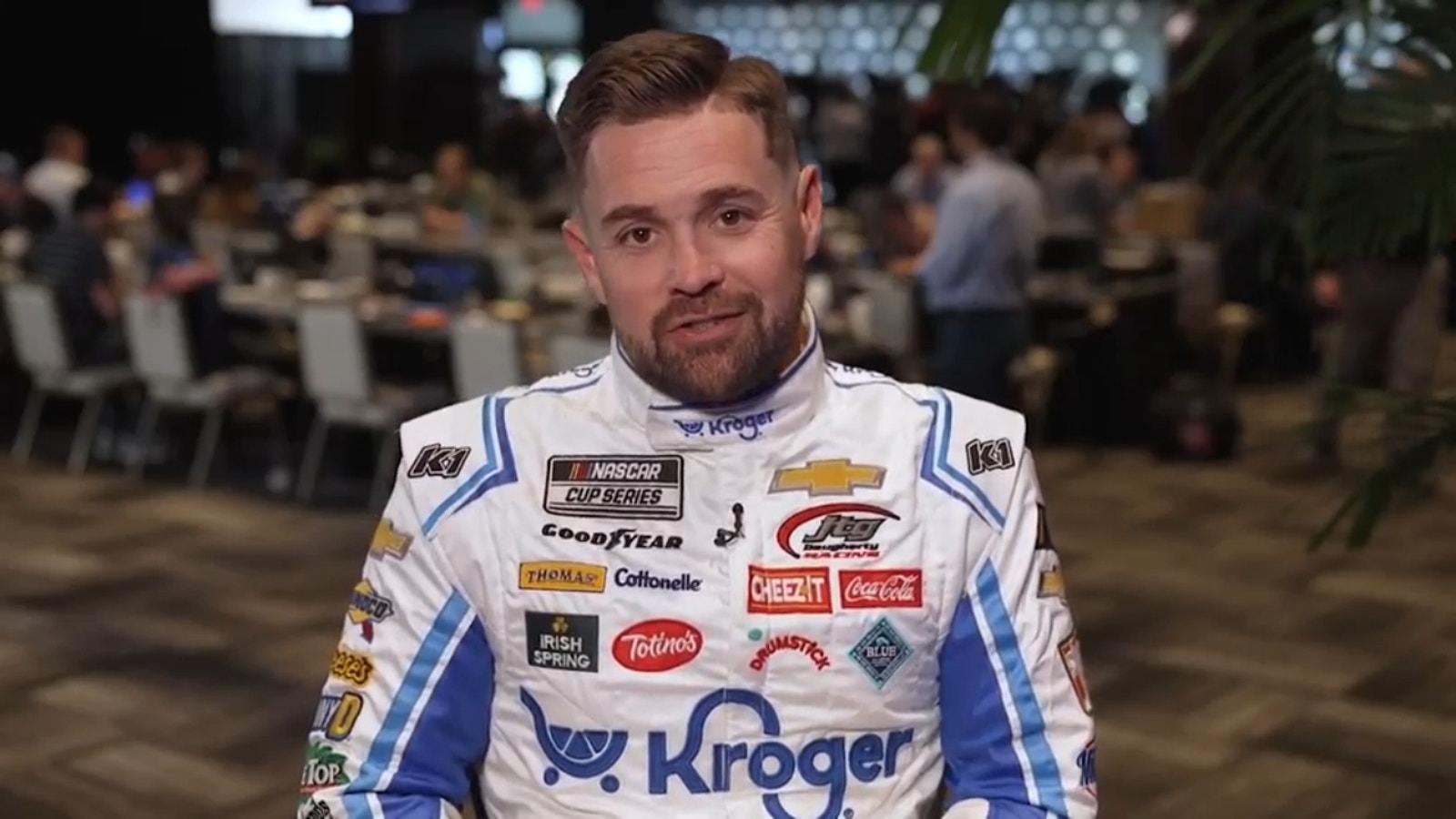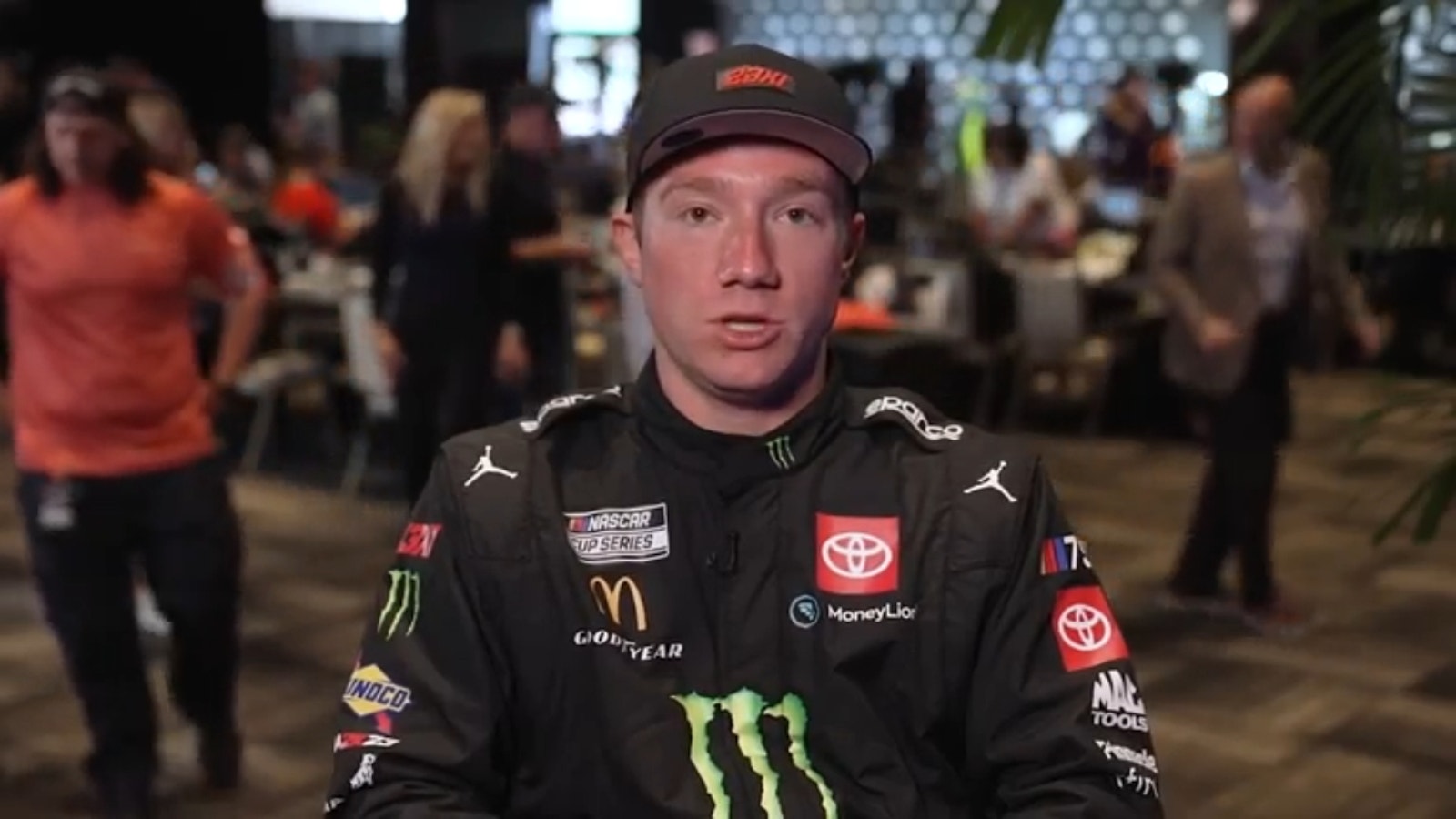
NASCAR unveiling new aero package at Phoenix Raceway
NASCAR had contemplated waiting for the manufacturing of new pieces and giving teams time to understand those pieces as it looked to improve racing on short tracks and road courses this year.
The teams had a different idea: Remove pieces and let’s race.
So NASCAR will unveil a new aerodynamic package for short tracks and road courses this weekend at the 1-mile Phoenix Raceway.
"I love the fact that they’ve been aggressive with it and trying to fix it," said former Cup champion Kevin Harvick, who is looking for his 20th consecutive top-10 finish at Phoenix. "That’s part of the collaboration between NASCAR and the drivers and believing in each other.
Looking for more NASCAR content? Sign up for the FOX Sports NASCAR Newsletter with Bob Pockrass!
"They’re going to do something, and they believe what we’re saying. As long as everybody collaborates and keeps continuing down that path, the racing can get better."
The new package reduces the rear spoiler from four inches to two inches. Engine strakes and select rear diffuser panels — think of thin, flat pieces that allow more downforce by controlling how the air moves underneath the car — have been removed.
The result should be reduced downforce, making the cars tougher to handle with less grip — meaning that drivers will need to work the throttle more and there will be more inequality in how the cars handle (because a team’s decisions on how to set up suspension pieces, tire pressures, etc. will make a bigger difference), which should result in more passing.
NASCAR estimates the changes will reduce downforce by 30%.
NASCAR had a test with six drivers (three Chevrolet drivers, two Fords and one Toyota) in January at Phoenix, and this configuration was tried for a couple of hours near the end of the test. NASCAR then took a car from each manufacturer to the wind tunnel to make sure that no manufacturer had a significant advantage.
"I’m really encouraged with what I saw at the test," said Brad Keselowski, one of the drivers who tested. "It should make the racing a little better than it has been on short tracks and potentially on road courses."
Testing the short-track package
The drivers don’t really know how much difference this will make. Cautiously optimistic for some small improvement is probably the best way to describe their expectations.
"It’s really hard to tell until you get all the cars on the racetrack and see how it races," Harvick said. "I don’t think it’s going to be as effective as everybody had hoped it’s going to be, but when you get deep into those runs, it might be so ill-handling that it is great and crazy and all over the place."
But at least it’s something. Short tracks and road courses typically have provided some of the most dramatic moments and best racing in recent years. With the introduction of the Next Gen car last season, those races didn’t live up to their previous events.
The one thing NASCAR didn’t do is increase horsepower. That would require extensive research and development (and cost) from the engine builders because they have parts designed to run two events at 670 horsepower. An increase likely would require changes to those parts.
NASCAR also knows that teams work on each package in the wind tunnel and run extensive simulations. To try to limit the work, NASCAR opted to combine this aerodynamic package with the additions already decided for most short tracks and road courses to be able to run in damp conditions. Those additions include a windshield wiper, windshield defoggers, flaps behind the tires and rear lights.
Because Bristol (0.533-mile oval) and Dover (1-mile) are not part of the damp weather package, they also are not included in this new aero package. Races at those tracks will be with the package for ovals that are 1.25 miles and bigger.
So the package used at Phoenix will run at Charlotte Motor Speedway road course, Chicago street course, Circuit of the Americas, Indianapolis Motor Speedway road course, Martinsville, New Hampshire, North Wilkesboro, Phoenix, Richmond, Sonoma and Watkins Glen.
What drivers learn this weekend could help at some of the other ovals, but teams often concentrate heavily on Phoenix as they want to learn as much as they can with the championship race there in November.
"The championship race is so far away that things will progress and there’s really nothing in my mind other than this week," Harvick said.
Getting ready for Phoenix
Teams will get 50 minutes of practice Friday at Phoenix and then get to spend overnight deciding on adjustments for the car before going through technical inspection Saturday. On a typical race weekend, they go through technical inspection before they ever get on track and can only make very minimal adjustments during a 20-minute practice before qualifying. After qualifying, the cars are then impounded for the race.
For many of those who didn’t get to test, they welcome the 50-minute practice.
"The team simulations are so good nowadays and every manufacturer had cars — Chevy having the most cars at the test — [that] they shouldn’t have any issue to be tuned-in," said Toyota driver and 23XI team co-owner Denny Hamlin.
"We only had one Toyota. It sounded like the results were pretty good for us at the time. I think 50 minutes is fine. We’ll get it figured out, especially after the first race."
And there are some drivers who would be fine if it was just the normal 20 minutes of practice before qualifying.
"We don’t need any practice," said 23XI driver Tyler Reddick. "Just send us out there and let us race.
"You look back at how we tackled COVID, just showing up and racing. Some of our better races were those. ... A normal practice time amount is plenty of time."
What the extra practice session does, though, is it allows teams to make changes.
"On a typical weekend the cars are impounded — your springs, shocks, geometry, settings are pretty much set — but on Friday night after practice we’ll be able to change springs and suspension things to really maximize everything we can for Saturday," said Michael McDowell, who drives for the two-car Front Row Motorsports.
"I’m looking forward to getting behind the wheel with the new package and kind of figuring out what it’s going to take to make that work."
Because NASCAR is using single-source vendors for most parts and pieces of the car, Harvick said creating a car with enough adjustability to have comers and goers during a race is a challenge.
"With this car, it’s difficult — you’re going to have to change it a lot," he said. "The window is so much smaller than what it used to be and everybody has the same parts and pieces, so everything will migrate closer together."
Harvick explains Phoenix approach
What To Watch For
Will this be Ryan Blaney’s weekend?
Blaney won a stage in each of the Phoenix races last year and possibly could have challenged Penske teammate Joey Logano for the win in the championship race if he had wanted to take a chance with a high-risk move there at the end.
Christopher Bell also could be strong. He just needs to avoid the pit-road issues he had in both races last year.
And then there’s Ross Chastain. He was running among the leaders in both races, finishing second in the spring and third in the fall. The wild thing about both those finishes? He didn’t lead a lap in either one.
Thinking Out Loud
NASCAR made the right call when it didn’t throw the caution at the end of the Cup race at Las Vegas.
Yes, AJ Allmendinger had taken a hard hit and was spinning. How is that different than at Daytona when it seems NASCAR had a quick trigger?
He was farther back in the field than where the wreck happened at Daytona, which also involved more cars. And he spun to the apron, not toward the wall with incoming traffic.
Those are two big elements when considering whether to throw the caution. And the fact he was able to continue driving the car showed NASCAR made the right call.
Weekly Power Rankings

They Said It
"Josh [Berry] was impressive this weekend under difficult circumstances, and we look forward to having him drive the oval tracks until Chase is able to return." —Rick Hendrick, announcing that Josh Berry will drive the ovals (and Jordan Taylor will do the COTA road-course race) in the No. 9 car while Chase Elliott recovers from a broken leg
Bob Pockrass covers NASCAR for FOX Sports. He has spent decades covering motorsports, including the past 30 Daytona 500s, with stints at ESPN, Sporting News, NASCAR Scene magazine and The (Daytona Beach) News-Journal. Follow him on Twitter @bobpockrass, and sign up for the FOX Sports NASCAR Newsletter with Bob Pockrass.
Top NASCAR stories from FOX Sports:
- NASCAR Power Rankings: Ross Chastain rises to top spot after Las Vegas
- NASCAR drivers weigh risks of recreational activities in wake of Chase Elliott injury
- Former F1 champion Kimi Raikkonen returning to NASCAR at Circuit of the Americas
- NASCAR takeaways: William Byron, Hendrick dominate in Las Vegas; Joey Logano crashes out
- Max Gutierrez honors late brother in emotional Truck Series return
- Hendrick, Trackhouse build stability with drivers signed through at least 2025
- Top 20 NASCAR prospects for the next decade
- Kyle Busch looks like championship contender after win at Fontana
- Five drivers most likely to win first Cup Series title in 2023
- Brad Daugherty calls team's Daytona 500 win 'pinnacle of my sports career'
- Bubba Wallace can't escape the spotlight. But he just wants to win races





